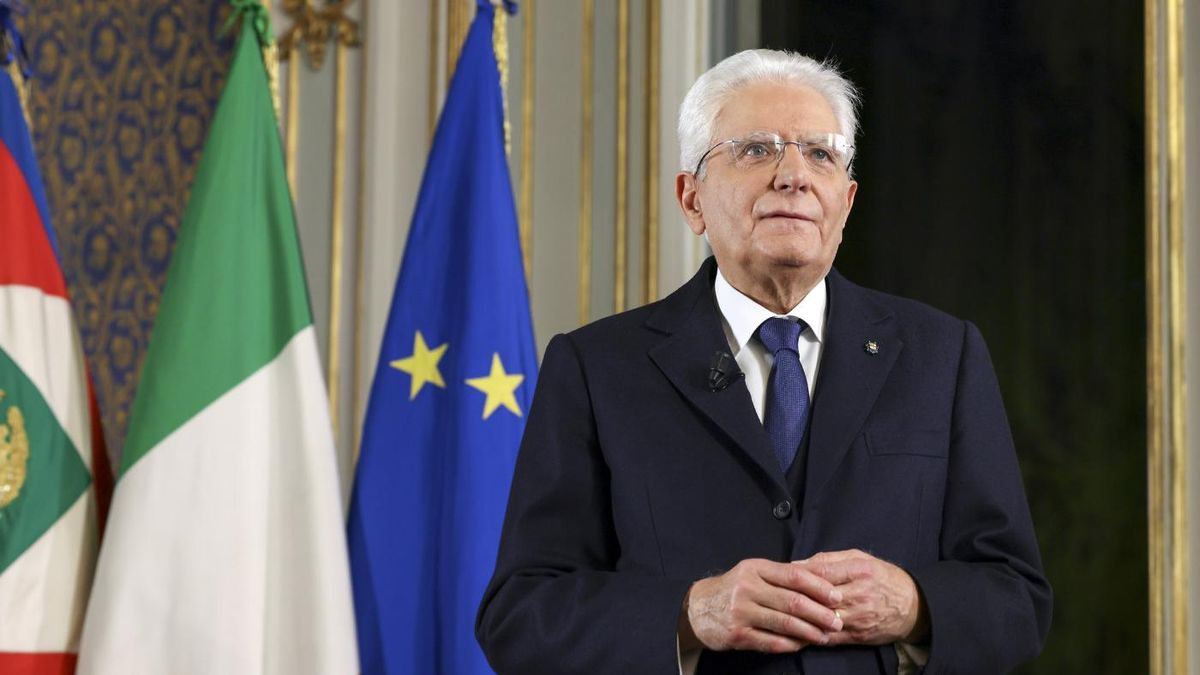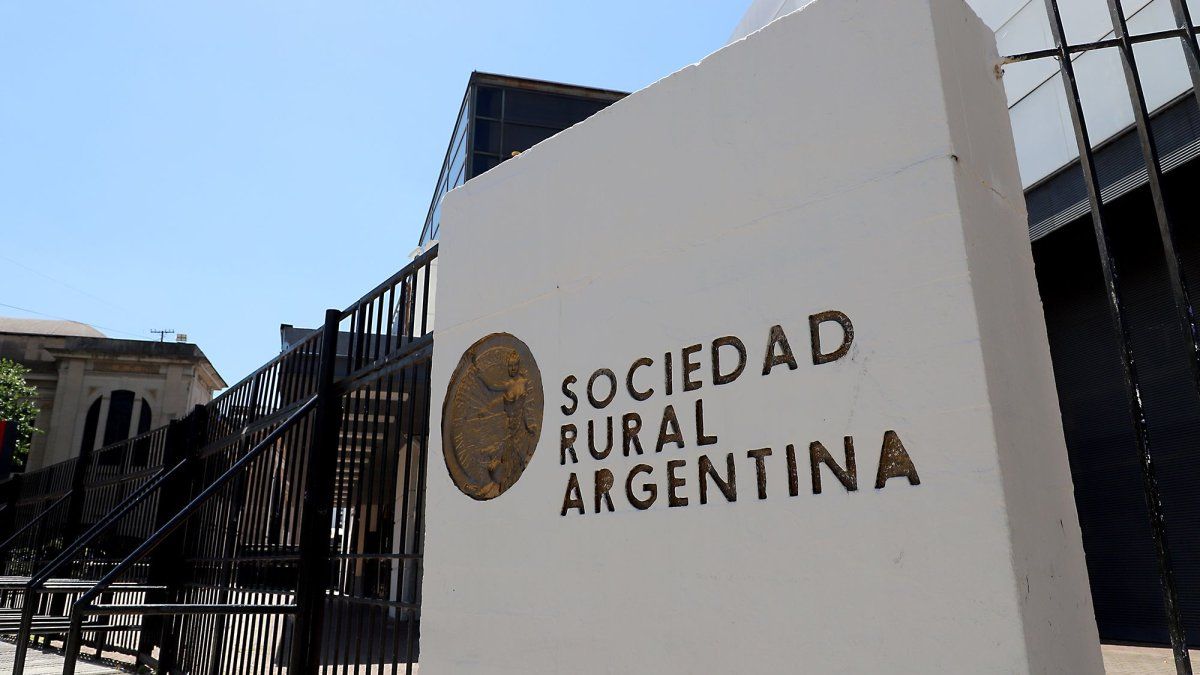Without agreement even between the main political forces of the country, today’s session, as expected, produced a majority of blank votes without any of the people who received support being able to reach the minimum of two thirds required by the first three votes.
With 976 effective voters on the first day of the elections, there were 672 blank votes and 42 null votes. Paolo Maddalena, former judge of the Italian Constitutional Court, was the most voted, with 32 supports, at the head of a long list of people who received isolated support on the first day.
Thus, the Parliament will take up a new vote tomorrow at 3:00 p.m. (11:00 a.m. in Argentina), in which a two-thirds floor is also required, like the third (scheduled for Wednesday at 11:00 a.m.).
Only after the fourth vote, the floor for the President to be elected will drop to a simple majority of 505 votes.
A total of 630 deputies, 321 senators (315 elected in 2018 and another six for life) and 58 delegates from the 20 regions that make up the “great voters” They are in charge of choosing Mattarella’s successor, in the midst of negotiations that could lead to the appointment of a woman to the position for the first time in the country’s history.
In this context, the premier Draghi, one of the main candidates to reach the Quirinale Palace for the next seven years, held talks today with the leaders of the main political forces, such as Enrico Letta of the center-left Democratic Party, Giuseppe Conte of the Five Star Movement and Matteo Salvini of the League, from the center right.
Later, the press reported, Salvini and Letta met bilaterally, ratifying a climate that various legislative sources considered “positive” in order to reach a broad agreement from the fourth vote, scheduled for Thursday at 11 local .
“That many blank votes have come out is a sign that the dialogue is open,” said the president of the Liguria region and a reference for the center-right, Giovanni Toti.
The votes, coordinated by the president of the Chamber of Deputies, Roberto Fico, will be held once a day and the “big voters” are called in groups of 50 to avoid crowds. The vote on Monday, in line with forecasts, took five hours and an extra hour to count the votes.
The two large blocs in the country, one of the center-left in which all the forces make up the Draghi government, and one of the center-right in which the official and opposition parties coexist, start with 451 large voters each, so the key then will be the more than 140 votes from the small and center parties.
Mattarella, 80 years old and in office since February 3, 2015, announced that he will not seek a new term despite the fact that the Constitution enables him to seek re-election and beyond the request of a group of pro-government legislators to make a “sacrifice” and remain until the elections that in March 2023 will renew Parliament.
In Italy, anyway, the head of state has more formal roles and the daily management falls to the prime minister.
Draghi was supported by some sectors of the ruling party, although the difficulty of finding a replacement to lead the Executive appears as one of the main obstacles to his arrival at the Presidency.
74-year-old economist, Draghi took office on February 13 after being proposed by Mattarella, and managed to unite a broad coalition in which almost all the parties with parliamentary representation coexist and that can hardly survive his departure from the Executive, where he leads a management that is almost unanimously valued at a national and European level.
In any case, Draghi continues to be one of the probable candidates, while the forces that drive him are working on the search for a name that can guarantee the continuity of his policies in the Executive.
Today, Draghi’s predecessor as premier and leader of the Five Star Movement, the first minority in the chamber, Giuseppe Conte, stated before entering Parliament that the idea is to “preserve the continuity of the government” implying the preference of his sector by an alternative name to that of the prime minister.
Other center-left forces such as the Democratic Party installed the founder of the Catholic community of Sant’Egidio, Andrea Riccardi, as “the profile of the ideal president”, although sources consulted by Télam suggested that it could be a “flag candidate”, as the names that are put on the table at the beginning of the voting are called as an example but with few concrete possibilities.
From the center-right, which brings together at least six different forces, the three-time premier Silvio Berlusconi had thrown himself into the ring as a possible candidate but declined his candidacy over the weekend, which enabled the appearance of several names of possible contenders in the sector.
In this scenario, the way would be opened so that, for the first time in history, a woman could reach the Quirinale Palace and become the thirteenth president of the country, with three names circulating as possible.
The head of the Senate, Maria Elisabetta Alberti Casellati; The Minister of Justice, Marta Cartabia, and the former mayor of Milan Letizia Moratti appear with chances if the center-right is open to negotiating with the rest of the forces.
The former anti-mafia and anti-Red Brigade judge Carlo Nordio is another of the names that have been publicly supported by leaders of the center-right, as has the center-left leader Pierferdinando Casini.
Source From: Ambito
David William is a talented author who has made a name for himself in the world of writing. He is a professional author who writes on a wide range of topics, from general interest to opinion news. David is currently working as a writer at 24 hours worlds where he brings his unique perspective and in-depth research to his articles, making them both informative and engaging.




